Maria Fertility Hospital (마리아병원)
2.4Km 2025-07-07
20 Cheonho-daero, Dongdaemun-gu, Seoul
In 1967, Maria Obstetrics and Gynecology opened where the Maria Fertility Hospital (Sinseol-dong, Dongdaemun-gu, Seoul) sits today, leading to the creation of the Maria Medical Foundation. At the time, the doctor willingly visited patients' houses with an old house-call bag even in the early mornings, no matter where a patient lived. This founding spirit became the root of the hospital's principles and commitment to its services.
Maria Fertility Hospital ranks number one in in-vitro fertilization cases, accounting for approximately 30% of the total cases among fertility hospitals. The hospital opened branches so that patients can conveniently experience the medical know-how of Maria Fertility Hospital no matter where they live across the country. The branches provide optimum diagnosis of problems through close collaborations among the branches.
The hospital has become a globally renowned fertility center, going beyond its unrivaled number-one position in fertility medicine in Korea. The hospital is dedicated to finding the best solution through research, and helping infertile patients realize their dreams of having a baby to create a healthy and happy family.
Maria Fertility Hospital is moving forward with the philosophy and heritage it inherited from the Maria Medical Foundation.
Pyeongnaeok (평래옥)
2.4Km 2021-03-22
21-1, Mareunnae-ro, Jung-gu, Seoul
+82-2-2267-5892
This store, which has been around since 1950, always has a long line of customers. A Pyeongyang cold buckwheat noodles specialty restaurant located in Jung-gu, Seoul. The representative menu is Pyeongyang cold buckwheat noodles.
Olive Young - Sindang Station Branch [Tax Refund Shop] (올리브영 신당역)
2.4Km 2024-04-18
258, Dasan-ro, Jung-gu, Seoul
-
Geumdong Hwaro Sutbulgui (금동화로숯불구이)
2.4Km 2021-03-19
35, Toegye-ro, 41-gil, Jung-gu, Seoul
+82-2-2264-3002
This Korean cuisine is located near Chungmuro Station, Seoul. The representative menu is spicy stir-fried boneless ribs. A Korean BBQ restaurant.
Youngpoong Bookstore - Jongno Branch [Tax Refund Shop] (영풍문고 종로점)
2.4Km 2024-04-18
41, Cheonggyecheon-ro, Jongno-gu, Seoul
-
Youngpoong Bookstore - Jongno Branch (영풍문고-종로점)
2.4Km 2020-02-21
41, Cheonggyecheon-ro, Jongno-gu, Seoul
+82-1522-2776
Along with books, Youngpoong Bookstore sells gifts, small electronics, stationery and much more. It also hosts various recitals, book signings, and literary programs. The Jongno branch of Youngpoong is the nation’s largest bookstore, boasting a total area of over 10,600 meters square.
The basement level of the store houses over 350,000 Korean and international books and there is also a customer service center and electronic search program where shoppers can find information on books.
On the B2 floor is the “Stylish Gift Mall,” which houses various stationery items, gifts, accessories, and brand shops like Apple, Microsoft, and Samsung Digital.There is also a CD section, healthcare section, diaries, home-décor items, luxury fountain pens, Hello Kitty section, café, eateries, and much more.
Seoul Christmas Festival (서울 크리스마스 페스티벌)
2.4Km 2021-11-30
41, Cheonggyecheon-ro, Jongno-gu, Seoul
• 1330 Travel Hotline: +82-2-1330 (Korean, English, Japanese, Chinese) • For more info: +82-2-904-1159
Seoul Christmas Festival takes place at Cheonggye Plaza, the start of Cheonggyecheon Stream. Visitors can enjoy fancy illuminations, a Christmas tree and photo zones. Various events and programs are also prepared for a heartwarming end-of-the-year experience for everybody.
Seoul Folk Flea Market - Traditional Arts & Crafts Studio (서울풍물시장 전통문화체험관)
2.4Km 2021-08-12
21, Cheonho-daero 4-gil, Dongdaemun-gu, Seoul
+82-2-2232-3368
The Traditional Arts & Crafts Studio in Seoul Folk Flea Market was created to give both locals and international visitors a chance to experience the traditional arts of Korea first-hand. For international visitors, programs serve as a brief introduction to some of the finer points of Korean art. For many Koreans, the studio’s programs are ways to relive childhood memories or experience traditional culture as a family.
KGC - Chungmu-ro Branch [Tax Refund Shop] (KGC 충무로점)
2.4Km 2024-04-16
235, Toegye-ro, Jung-gu, Seoul
-
Gwanghwamun Gate (광화문)
2.4Km 2024-12-04
161 Sajik-ro, Jongno-gu, Seoul
+82-2-3700-3900
Built in 1395 under the reign of King Taejo, the first king of the Joseon dynasty, Gwanghwamun Gate is the southern gate of Gyeongbokgung Palace. It is also the main gate of the palace, therefore larger and fancier in comparison to the other gates. Gwanghwamun Gate consists of three arched gates; the center gate was used by the king, while the other two were used by the crown prince and royal officials. The tall granite walls of the gate serve as a platform for the wooden gate tower that watches over the city. The gate has a sign with its name written at the top center of the gate tower.
Gwanghwamun Gate went through several damages and restorations over the course of history. It was first severely damaged during the Imjin War (1592-1598) and was not restored until the reconstruction of Gyeongbokgung Palace in 1864. Under the Japanese administration, the gate was demolished and relocated to the north of the palace's eastern gate, followed by series of damages during the Korean War (1950-1953). In 1968, Gwanghwamun Gate was relocated back to the south of the palace and was rebuilt using concrete; however, the gate’s position was shifted a few meters away from its original location. In 2006, a major reconstruction project took place to restore Gwanghwamun Gate to its original state and location, disassembling the structure completely and replacing concrete with granite and wood. After three years and eight months of construction, Gwanghwamun Gate was fully restored to its original form and was open to the public on August 15, 2010.

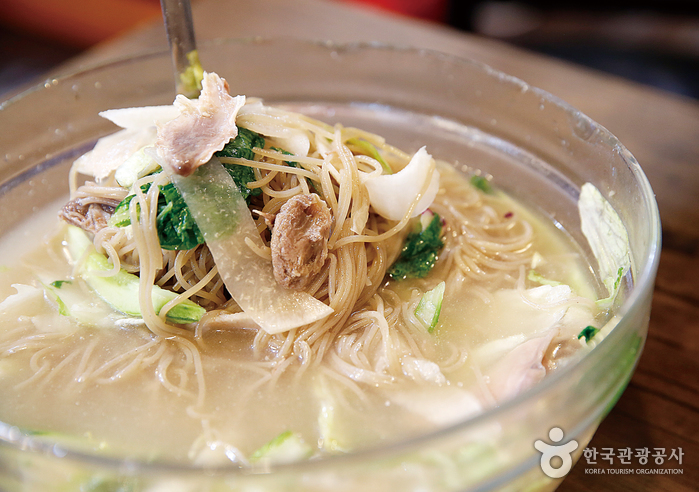
![Olive Young - Sindang Station Branch [Tax Refund Shop] (올리브영 신당역)](http://tong.visitkorea.or.kr/cms/resource/35/2878735_image2_1.jpg)
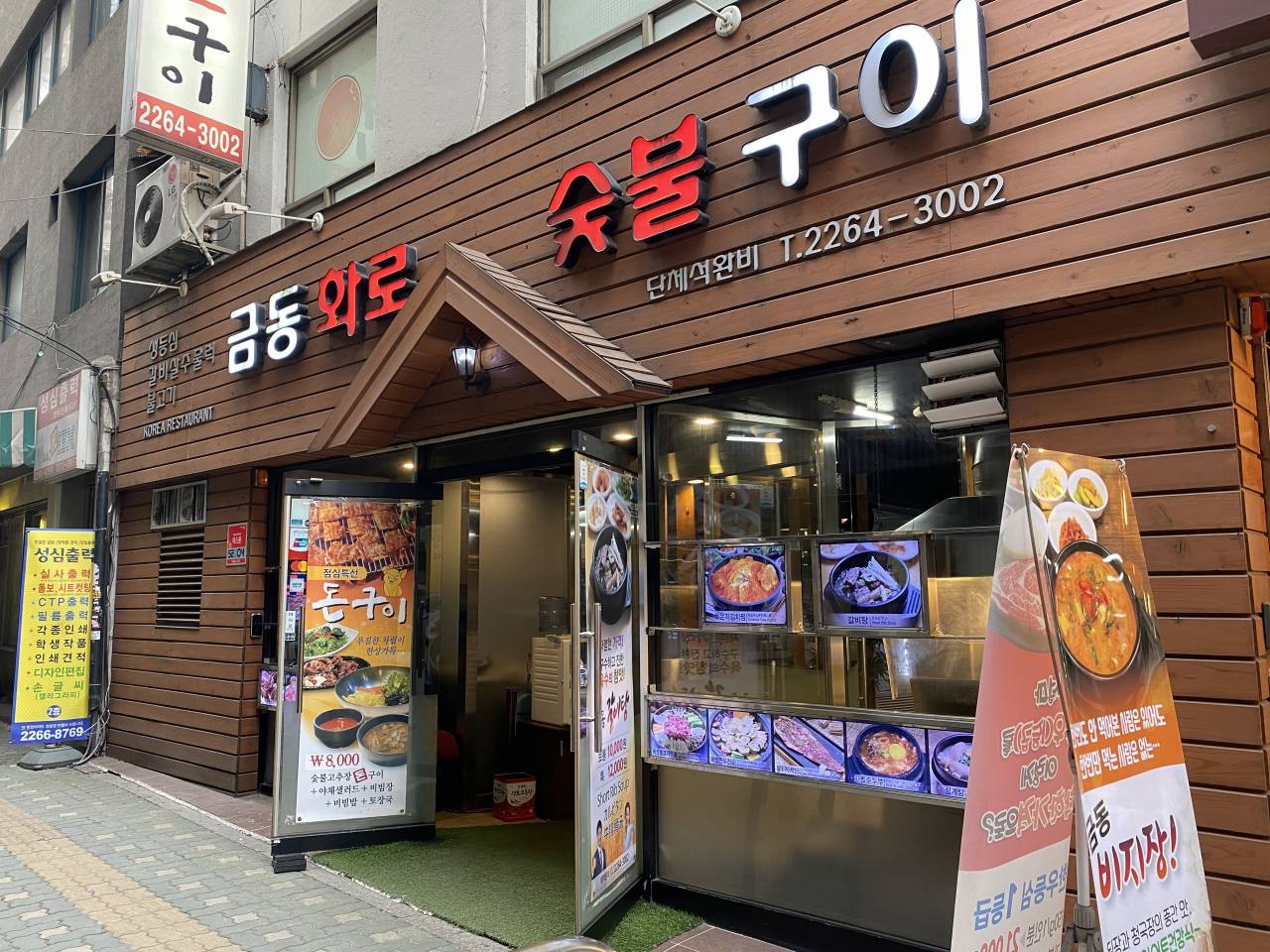
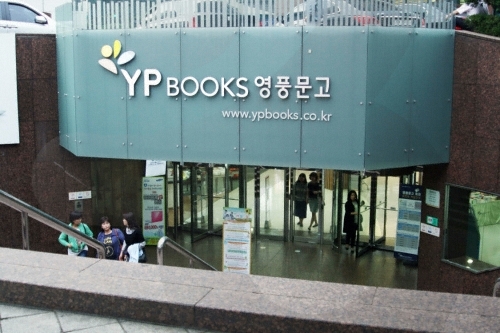
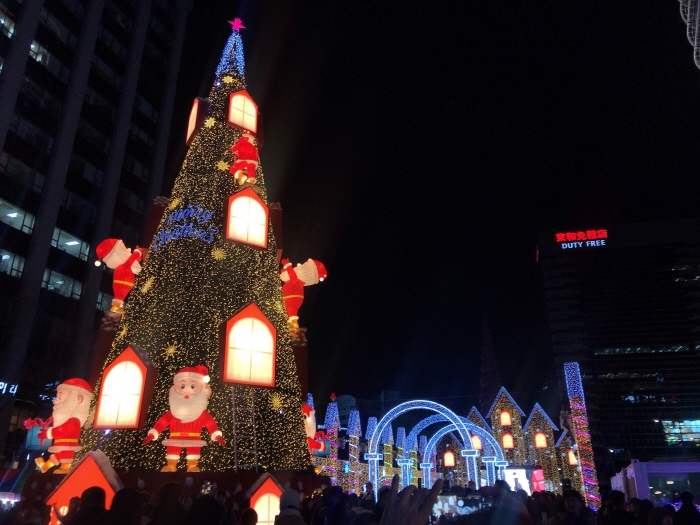
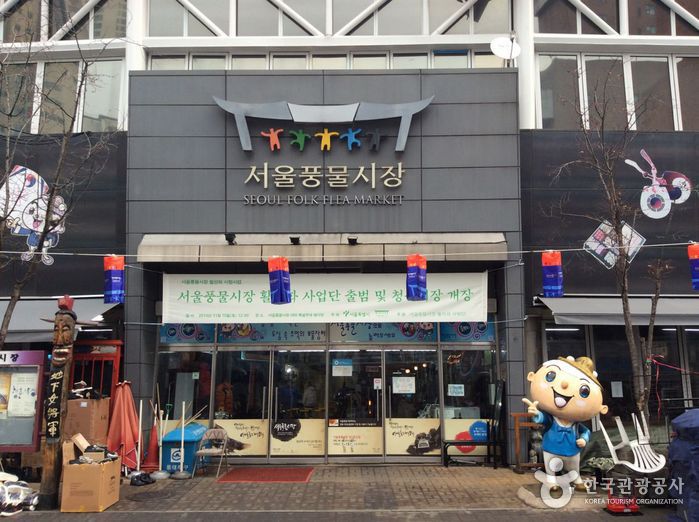
![KGC - Chungmu-ro Branch [Tax Refund Shop] (KGC 충무로점)](http://tong.visitkorea.or.kr/cms/resource/71/2878671_image2_1.jpg)
 English
English
 한국어
한국어 日本語
日本語 中文(简体)
中文(简体) Deutsch
Deutsch Français
Français Español
Español Русский
Русский